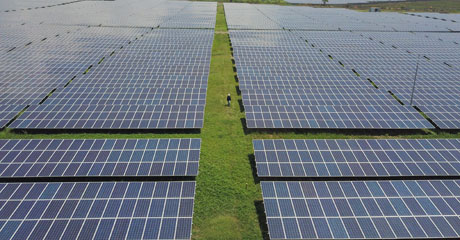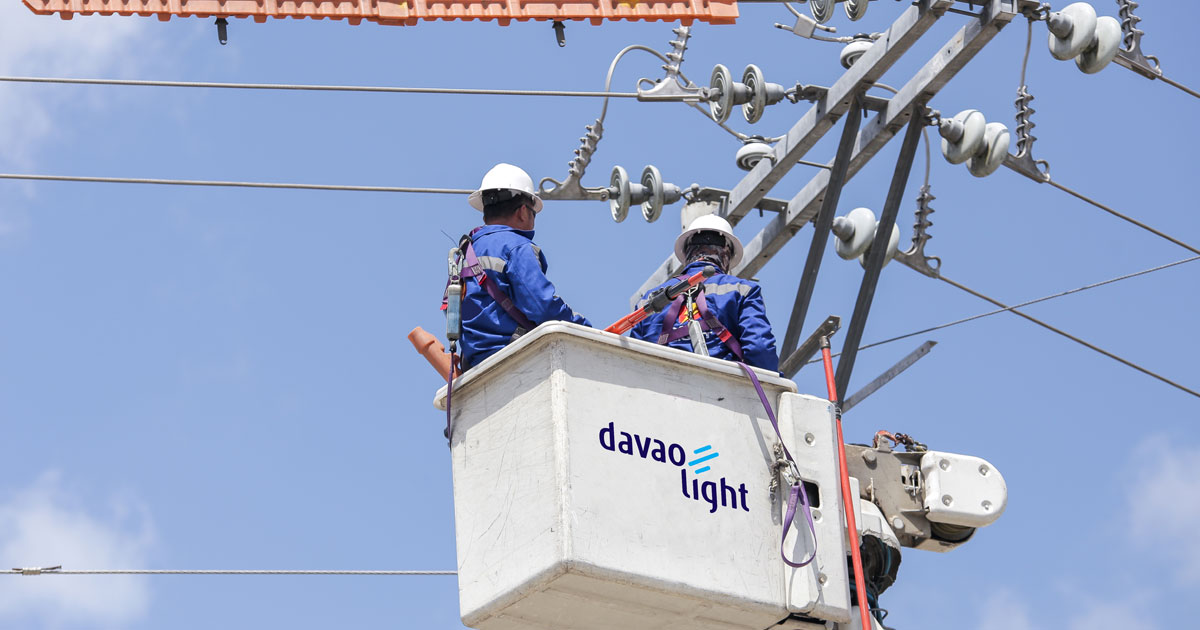Who We Are
AboitizPower is the Philippines’ leading provider of renewable energy, advancing business and communities towards A Better Future.

AboitizPower is the Philippines’ leading provider of renewable energy, advancing business and communities towards A Better Future.

AboitizPower champions sustainability initiatives and ventures that help make the world a better place not only for people living today but for generations to come.

AboitizPower upholds the highest ethical standards, safeguarding the integrity of our initiatives and developments as a business enterprise and a partner for environmental protection.

View our shareholder relations and investment reports and find out how we prioritize addressing the triple bottom line of people, planet, and profit.

Stay updated on the latest stories and developments about AboitizPower.

A Better Future and career await you at AboitizPower. Browse through our job vacancies and join our ever-growing family today!
Home Newsroom Therma Visayas, Inc.Powering Cebu: Stable Electricity for Growth
August 01, 2023

A lot of economic growth and social progress is in store for Cebu and the rest of the Visayas as it bounces back from the pandemic, harnessing the advantages of a reopened economy and a revitalized people.
To realize this, the city should be supported by the right set of circumstances, among them: having a stable and reliable electricity supply to power the aspirations of businesses, communities and homes.
Electricity is an indispensable part of life. It is needed for telecommunications and internet systems to work. Human needs like fresh water, food and medicine are produced, transported, stored and sold with the help of electricity. And services such as healthcare, education and civil services necessitate power to keep their lights and work tools on.
According to the Philippine Statistics Authority, Cebu in particular already constituted 72.7% of the Central Visayan economy in 2021. Broken down, Cebu makes up about 45% of the region’s agriculture, forestry and fishing industry; 84.8% of its industry sector; and 71.4% of its services market.
Most export processing zones in Central Visayas are also located in Cebu, making it vital to the region’s export market. Moreover, as it is home to Metro Cebu, the second largest urban center in the country, the island has also become a hub of travel to and fro various domestic and international destinations; further solidifying its position as an economic, administrative, financial and logistical center for the Visayas.
That said, Cebu is a big driver of growth for Central Visayas and the wider Visayas region.
To be sustained, these energy intensive industries require the right amount of electricity whenever they need it. As it stands, electricity sales are projected to increase by an annual average growth rate of 7% until 2040 in the Visayas grid, with almost half of the demand already coming from the province of Cebu alone, according to the National Grid Corporation of the Philippines (NGCP).
However, in recent years, the downside risks of yellow and red alerts continue to loom in the Visayas grid due to high electricity demand surpassing available supply, which are in part because of unplanned and extended power plant outages, insufficient operational reserves and delays in the commercial operation of needed additional power projects.
The Department of Energy and the NGCP have previously cited Cebu as among the main sites for large generation capacity additions, i.e., power plants that can consistently and continuously produce electricity at scale. Moreover, the connection of new transmission lines like the Cebu-Negros-Panay and the Mindanao-Visayas interconnections promise easing in the supply side as surplus power is transported from one area to another.
Prior to the pandemic, the National Economic and Development Authority identified the potential of Cebu for new investments in heavy and extractive industries. This includes the industries of shipbuilding and other allied activities in the western seaboard of Cebu; car manufacturing and car parts manufacturing; aerospace parts; resource-based industries; and fabricated metals.
With these ambitions, the realization of a more energy-abundant region becomes even more important in helping course Cebu’s future economic fortunes.
This piece originally appeared on July 24, 2023 on the Spotlight Cebu section of the Philippine Daily Inquirer.

Corporate Social Responsibility
Typhoon Odette negatively impacted the lives of our host community in Toledo City, Cebu, damaging infrastructure and hindering their access to basic n...

Corporate Social Responsibility
The devastation of Typhoon Odette left residents of Toledo City, Cebu without access to much-needed electricity. Reaching out to family and friends be...

In line with its commitment to promoting a culture of safety across the organization and among its partners, the AboitizPower Coal Business Unit (BU) ...

As one of the Philippines’ largest power producers, we help fill the nation’s growing energy needs by providing secure and affordable access to sustainable power across the country.
Learn more about our businesses
AboitizPower champions sustainability initiatives and ventures that help make the world a better place not only for people living today but for generations to come.
View our sustainability initiatives
View our shareholder relations and investment reports and find out how we prioritize addressing the triple bottom line of people, planet, and profit.
Visit our investor relationsWe use cookies to personalize content and ads, which enables us to analyze our traffic.
If you continue
to use this website, you consent to the use of our cookies.
Find out more here.